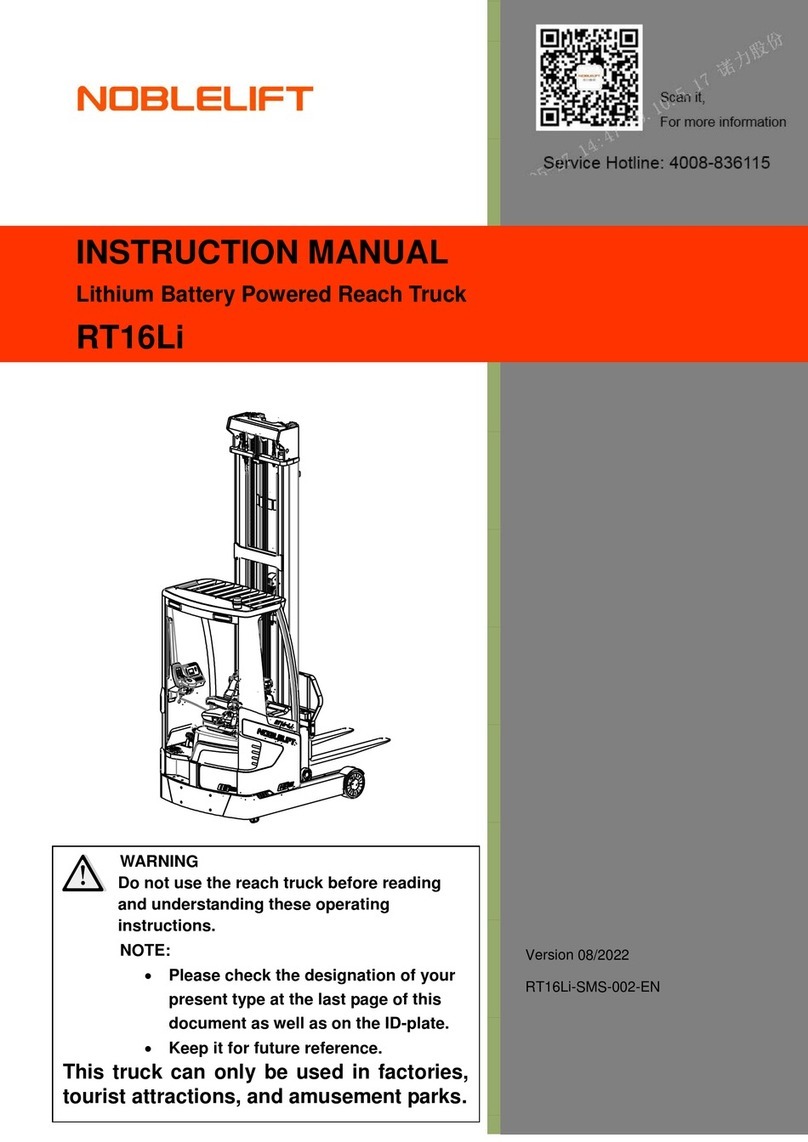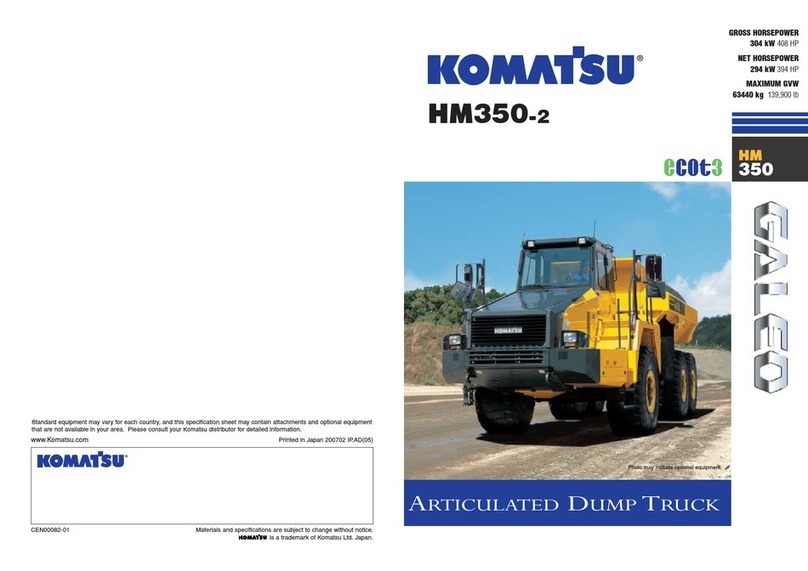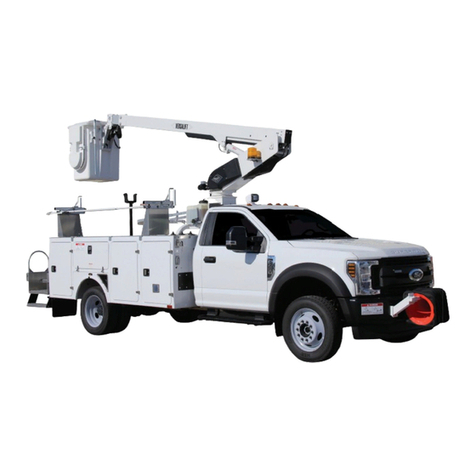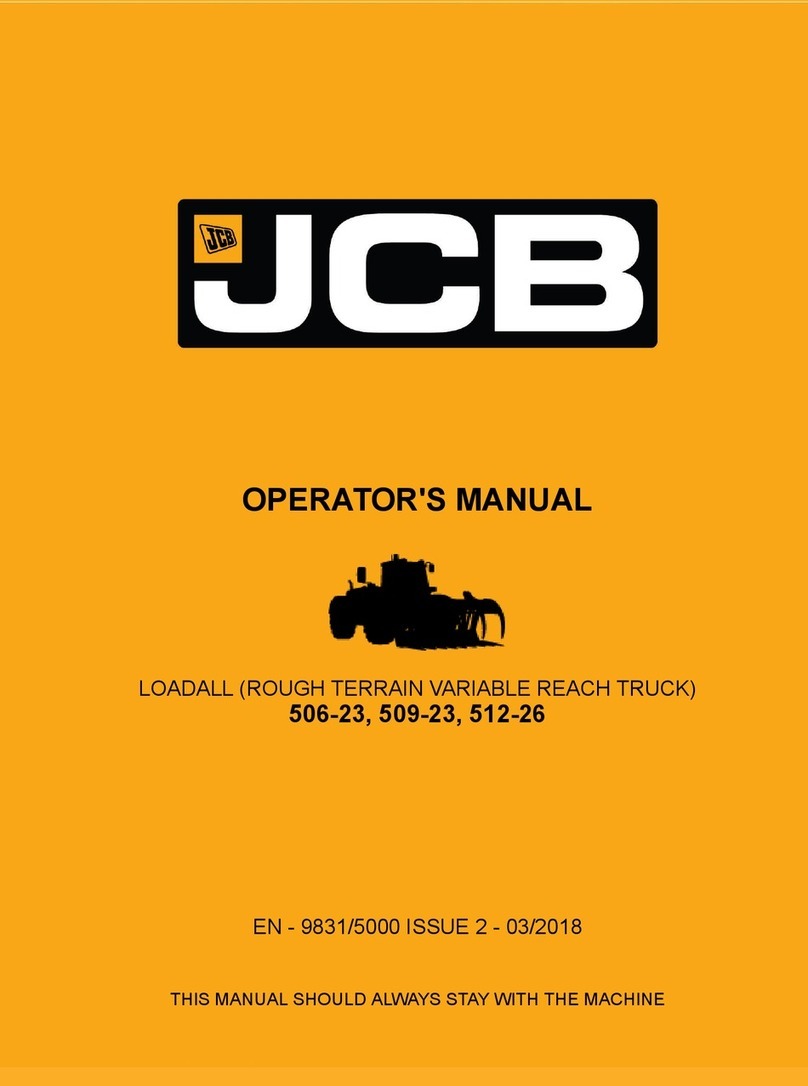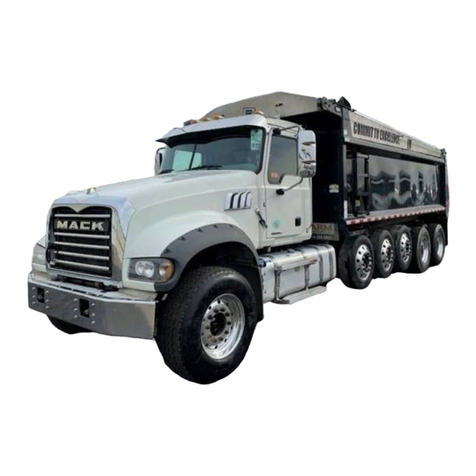TABLE OF CONTENTS
1. CORRECTAPPLICATION....................................................................................................................3
2. DESCRIPTION OF THE TRUCK..........................................................................................................4
a. Overview of the main components....................................................................................................4
b. Technical data...................................................................................................................................4
c. Description of the safety devices and warning labels (Europe and other, excepting USA) ...............7
d. Identification plate (ID plate).............................................................................................................8
3. WARNINGS, RESIDUAL RISK AND SAFETY INSTRUCTIONS..........................................................9
4. COMMISSIONING, TRANSPORTING, DECOMMISSIONING ...........................................................10
a. Commissioning ...............................................................................................................................10
b. Lifting by crane/ transporting...........................................................................................................10
c. Decommissioning............................................................................................................................11
5. DAILY INSPECTION ..........................................................................................................................11
6. OPERATING INSTRUCTIONS...........................................................................................................12
a. Parking.........................................................................................................................................12
b. Lifting..............................................................................................................................................12
c. Lowering .........................................................................................................................................12
d. Travelling......................................................................................................................................12
e. Steering........................................................................................................................................13
f. Braking.............................................................................................................................................13
g. Malfunctions....................................................................................................................................14
h. Emergency......................................................................................................................................14
7. BATTERY SAFETY, CHARGING AND REPLACEMENT ...................................................................15
a. Description of the lithium-ion battery.....................................................................错误!未定义书签。
b. Safety Instructions, Warning Indications and other Notes...............................................................16
Safety regulations for handling lithium-ion batteries ...........................................................................16
c. Replacement...................................................................................................................................20
d. Tiller panel ......................................................................................................................................21
e. Charging.........................................................................................................................................21
8. REGULAR MAINTENANCE...............................................................................................................22
a. Maintenance checklist.....................................................................................................................23
b. Lubricating points............................................................................................................................24
c. Check and refill hydraulic oil ...........................................................................................................25
d. Checking electrical fuses................................................................................................................26
9. TROUBLE SHOOTING ......................................................................................................................27
10. WIRING/ CIRCUIT DIAGRAM..........................................................................................................28
a. Electrical circuit diagram.................................................................................................................28
b. Hydraulic circuit diagram.................................................................................................................31
11. SPECIALIZED STIPULATIONS FOR THE US- AMERICAN MARKET.............................................32
a. Foreword/ Compliance....................................................................................................................32
b. Identification plate...........................................................................................................................33
c. Description warning labels (only US- market).................................................................................34
d. Technical data for US market..........................................................................................................36
12. DECLARATION OF CONFORMITY (valid, if sold within EU)...........................................................38











